#gautherot
Photo

@silver-whistle The Hermitage has two works by Pierre-Claude Gautherot, which are very revealing.
A copy of the portrait of Voltaire, the original was created by Nicolas de Largillière. And a copy of the portrait of Minister Turgot, its author is François-Hubert Drouais. Both of them contain items of clothing specially modified during copying.
Let's turn to the drawing from the auction https://drouot.com/l/20324138
The drawing contains the addition/modification of elements – glasses, which are depicted upside down; this proves that we are looking at a copy made by Gautherot.
Or the artist turned them over when creating a copy from an unknown original, as he did with other paintings that he copied. Or the artist added glasses, because there was nothing to remove from the painting.
#French Revolution#nicolas de largillière#voltaire#gautherot#françois-hubert drouais#turgot#robespierre
6 notes
·
View notes
Text

Napoleon dismounting with an injured foot at Regensburg, aided by the Surgeon, Yvan, 23 April, 1809
by Claude Gautherot
#napoléon#napoleon#bonaparte#napoleon bonaparte#napoléon bonaparte#art#battle of ratisbon#battle of regensburg#napoleonic wars#roustam raza#claude gautherot#pierre gautherot#pierre claude gautherot#dezydery chłapowski#alexandre urbain yvan#france#germany#history#french empire#austrian empire#holy roman empire#europe#european#french#regensburg#napoleonic#napoleon i#emperor#empire#bavaria
60 notes
·
View notes
Text

Itamaraty Palace, Brasilia
Oscar Niemeyer
Typologies Town Hall / City Hall / Government Institutional
Photographer Marcel Gautherot
36 notes
·
View notes
Text
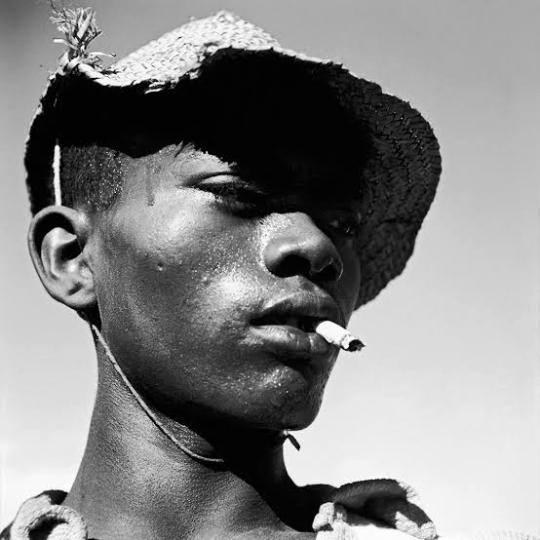
Marcel Gautherot
19 notes
·
View notes
Photo






Le choix des femmes, Texts by Eric Colliard, René Denizot, Xavier Douroux, Franck Gautherot, Bernard Marcadé, Le Consortium and Frac Bourgogne, Dijon, 1991 [Exhibition: November 17, 1990 – January 12, 1991] [BOOKS@RET]. Including: Hanne Darboven, Gretchen Faust, Isa Genzken, Marthe Wéry, Laurie Parsons, Jessica Stockholder, Judith Barry, Annette Messager, Cindy Sherman, Rosemarie Trockel, François Vergier
#graphic design#art#mixed media#exhibition#installation#catalogue#catalog#cover#back cover#eric colliard#rené denizot#xavier douroux#franck gautherot#bernard marcadé#hanne darboven#gretchen faust#isa genzken#marthe wéry#laurie parsons#jessica stockholder#judith barry#annette messager#cindy sherman#rosemarie trockel#françois vergier#le consortium#frac bourgogne#1990s
23 notes
·
View notes
Text

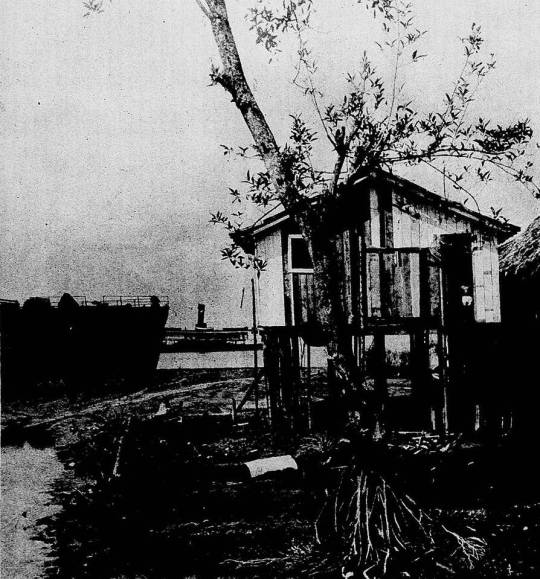

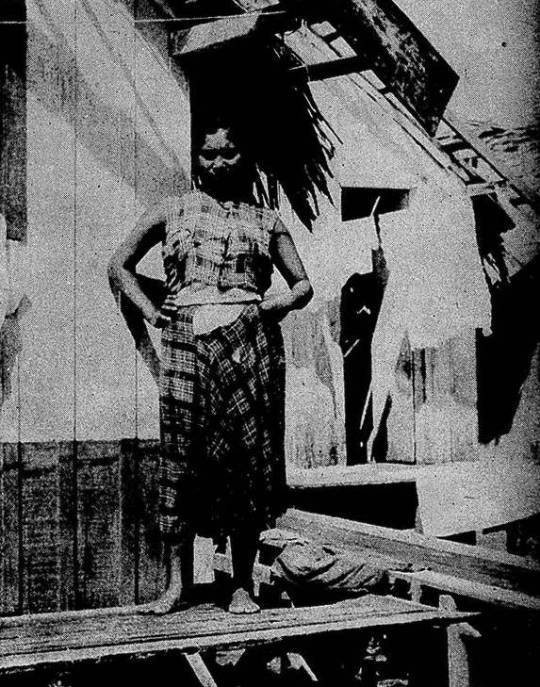

Vila da Barca, 1958 / Revista da Semana, nº 45, 15-11-1958*
"Tentei realizar um levantamento da história da Vila da Barca; mas é um trabalho a ser realizado por alguém que more em Belém, que possar dar horas e horas à pesquisa na Biblioteca municipal ou ouvindo alguns dos tripulantes da Barca que muito velhinhos hoje, estou certa, gostarão de contar suas proezas. Consegui apenas saber que ela foi armada com três mastros latinos e velames e que chegou a realizar algumas viagens de Belém a Lisboa (trouxe muitos artistas e companhias para cá, informou-me alguém), Mas, apesar de seu tamanho, de seu tipo 'lugre', declara o comandante Manuel Espírito Santo, velho marinheiro hoje aposentado, presidente da Colônia de Pescadores Z-29, que fez parte de sua guarnição na primeira viagem:
'- Era um belo navio, confortável e bem aparelhado, mas com um erro de construção: fazia muita água pela tábua de resbordo. Foi justamente esse erro que encalhou-a no tijuci, para sempre'.
No começo, a barca abandonada serviu de moradia a dezenas de famílias pobres; depois aos poucos, os novos moradores foram dela arrancando madeira para a construção de casas, surgiram aos poucos moradias plantadas em paus acima do rio. Mais e mais casas nasceram até chegar ao que está hoje: um bairro cujas ruas são pontes, subúrbio que vive do rio: quando ele enche, nas ruas navegam canoas, crianças nadam, há pescarias. Quando o rio vaza, então sobre as aningas, roupas lavadas na enchente são postas a secar. Na vazante, o chão é de lama e parece incrível que os moradores da Vila possam andar assim, tão ágeis e tão rápidos, sobre aquelas pontes de madeira podre. Olhar para baixo na vazante é encontrar na lama detritos, cadáveres de peixes, tampas de garrafas. Mas o rio enche e então que alegria para a Vila da Barca".
_________________________
Vila da Barca a espera de romancista ~ Eneida de Moraes (1958)
*Dica do pesquisador Aristóteles Guilliod
10 notes
·
View notes
Text
More on the Gautherot drawing of Max
I've found that it was exhibited in January 1848 at the Exposition de l'Association des Artistes, labelled as a sketch from life done at the Convention. A reference is also made to a painting in Saint-Albin's collection being by David… Now, the most famous Max portrait Saint-Albin had is the one of the same type as the drawing. I wonder if it's another case of the master being credited with a work by one of his pupils/atelier members, because the Berlin painting doesn't look like a David.
I'd love them to x-ray it, to see if the glasses have been overpainted/removed at some point.
The drawing is described, too, with an attribtion to Gautherot in 1882, in one of those rather trashy 'petite histoires' so popular at the time: Adolphe de Lescure's L' amour sous la Terreur:
C’est le Robespierre des derniers temps, usé, pâli, fatigué, peut-être découragé, mais guardant, au-dessus de ce troupeau de la Convention qu’il régente encore, cette allure roide, rogue et pédagogique qui persista chez lui jusque devant la mort. Il a teint blafard, les pommettes saillantes, l’œil cave où brille un regard gris; il porte l’habit nankine rayé de vert (c’est le quatrième connu); un gilet blanc, rayé de bleu; la cravate blanche, rayée de rouge. Le dessinateur a soigneusement noté ce costume, et il n’a eu garde d’oublier les besicles relevées (à l’envers) sur le front, aux ailes de pigeon décollées par la sueur oratoire; sueur de triomphe, près de devenir la sueur d’angoisse.
I don't think he realised that the softer wig-style is a fashion (we see it in the 1792 physionotrace), nothing to do with sweat relaxing the curls.
Gautherot was an active Jacobin, closely associated with Michel Le Peletier and Nicolas Maure. He also 'rectified' Fouquet's physionotrace from Le Peletier's death-mask for engraving.
#pierre-claude gautherot#maximilien robespierre#jacques-louis david#revolutionary art#l'art révolutionnaire#révolution française
7 notes
·
View notes
Text
0 notes
Text
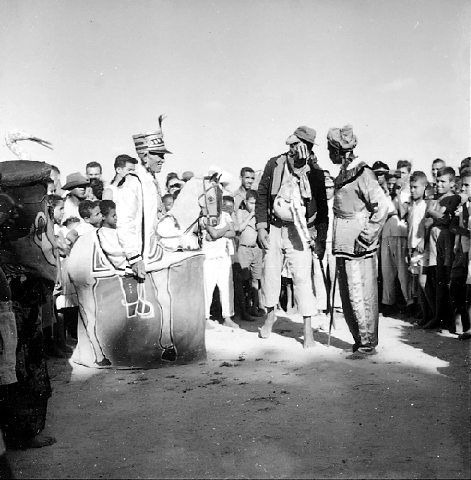
Bumba Meu Boi, Boi Misterioso de Afogados do Capitão Pereira - Carnaval do Recife Em 1957.
Photo Marcel Gautherot.
#Bumba Meu Boi#Boi Misterioso#Carnaval de Pernambuco#carnaval de rua#Carnaval do Nordeste#pernambuco#nordeste#photography#photo#foto#recife#recife pe#recife city#ruas#Folia de Momo#Carnaval de 1957#1957#Marcel Gautherot#Capitão Pereira Bumba Meu Boi
1 note
·
View note
Text
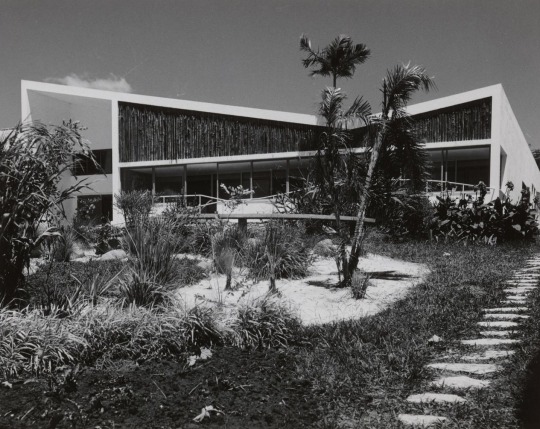
Juscelino Kubitschek House (1943) in Pampulha/Belo Horizonte, Brazil, by Oscar Niemeyer. Photo by Marcel Gautherot.
257 notes
·
View notes
Photo

The construction of the new city of Brasilia designed by Oscar Niemeyer, #brutgroup photo by Marcel Gautherot 50s. https://www.instagram.com/p/CI3u968FJEK/?igshid=NGJjMDIxMWI=
110 notes
·
View notes
Photo
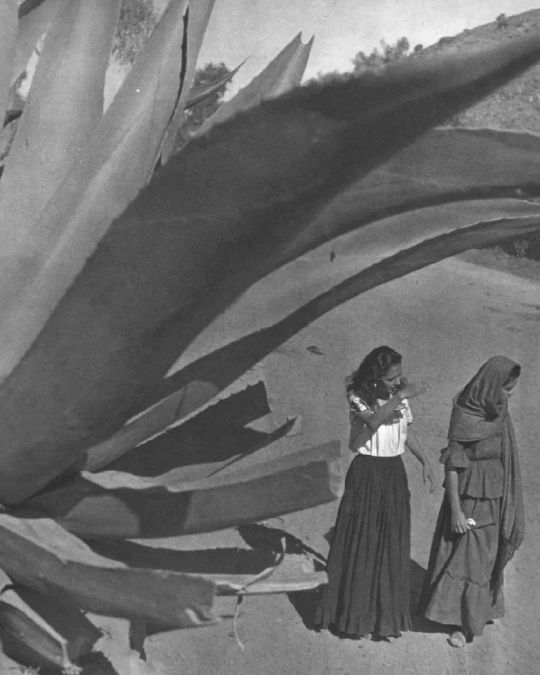
A l'ombre des Magueyes, Mexico, 1930s. Photo by Marcel Gautherot. https://www.instagram.com/p/ChAhegftMjT/?igshid=NGJjMDIxMWI=
309 notes
·
View notes
Photo
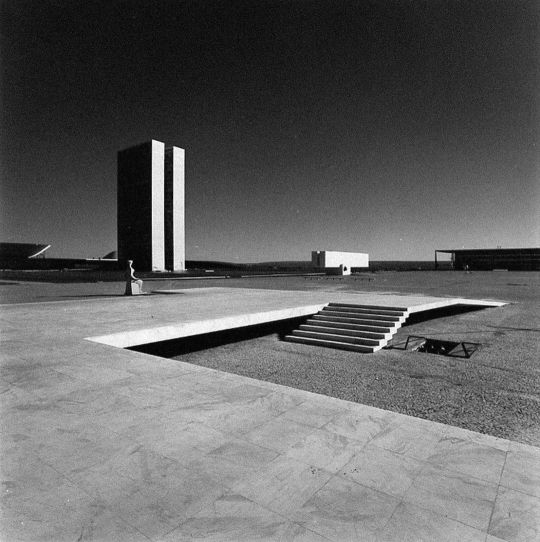
ex.figura
Brasília, Marcel Gautherot , 1959, Brasília
39 notes
·
View notes
Text

Brasília by Marcel Gautherot (6PH) — Atlas of Places
29 notes
·
View notes
Text
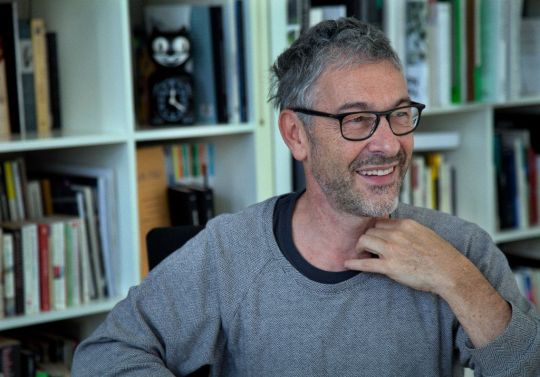
“I’m more interested in looking
for something transitory than
in producing a conclusion.”
Pierre Huyghe
“I’m interested in contingency,” the French artist Pierre Huyghe has said. “Of what is not predictable. Of what is unknown. I think that has somehow been a core of my work.”1 Pursuing interests in contingency and unpredictability, Huyghe creates art forms that incorporate living organisms, such as dogs, turtles, spiders, peacocks, ants, and bees. Over the course of an exhibition, his living works of art grow, decay, and die. Huyghe said, “They are not made for us. They are not made to be looked at. They exist in themselves.”2
Throughout his career, Huyghe has experimented with many mediums and technologies, including film, sculpture, photography, music, and living ecosystems. At the outset of his career, Huyghe collaborated with artists whose work explored human relations and their social context; to describe their interests, the curator and art critic Nicolas Bourriaud coined the term Relational Aesthetics. In the late 1990s and early 2000s, Huyghe’s works often reenacted notable artworks or popular footage from mass media. In Silence Score (English Version), a musical notation of John Cage’s pivotal composition 4'33", he created a readable score for the silent piece using a computer algorithm.
In 1997, with artists Charles de Meaux, Philippe Parreno, and Dominique Gonzalez-Foerster and curators Xavier Douroux and Franck Gautherot, Huyghe cofounded a film production company called Anna Sanders Films. They named the company after a fictional character first developed in a magazine released in 1997. Blanche-Neige Lucie, the company’s first film, stars Lucie Doléne, the voice actor who dubbed the Disney character Snow White in French, and who won a lawsuit against the Walt Disney Corporation for the rights to the reproduction of her voice. The film features Doléne humming the melody of “Someday My Prince Will Come” in an empty film studio, facing the camera, while her story is told through the subtitles. The work explores how a voice can be used to create a character, and who then owns that product.
The Host and The Cloud fuses scripted action and improvised narratives generated by the actors. The yearlong project records theatrical events that took place in an abandoned museum in Paris on three holidays: the Day of the Dead, Valentine’s Day, and May Day. In a variety of fictional settings, 15 actors clad in LED masks perform alongside puppets and animation. These spontaneous elements reflect Huyghe’s interest in contingency and adding dynamic layers to his storylines.
Originally created for Documenta 13 in 2012, Huyghe’s Untilled (Liegender Frauenakt) is a reclining female nude whose head is covered by a live beehive. The work was part of an entire ecological system the artist created in a composting area in Karlsaue Park in Kassel, Germany. In a video Huyghe filmed during the exhibition, his camera captured a wide range of beings at different scales, including minute species that are barely visible to the naked eye. Huyghe aims to “intensify the presence of things, to find its own particular presentation, its own appearance and its own life, rather than subjecting it to pre-established models.”3 With interest in “the transitory state, in the in-between,” his complex worlds blur the boundaries between the natural and the artificial, the physical and the virtual, and the real and the fictional.4 In 2015 and again in 2023, the statue found itself in MoMA’s Sculpture Garden, placed in a new context and in conversation with other works of art. During the summer, the bees travel in and out of the garden to pollinate and build their hive.
Huyghe’s artistic practice reflects his belief that life is in constant flux, and that all beings exist beyond the perceivable realm of human senses and knowledge. By engaging with unconventional materials and technologies, he provides us with a way to see, feel, and experience the wild, untilled world we are living in.
Source: MoMA / Pic: YBCA
3 notes
·
View notes
Photo
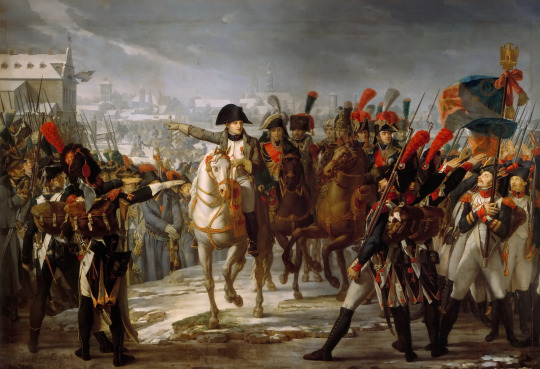
Napoleon Addressing the 2nd Corps of his Army at the Bridge over the Lech at Augsburg, Germany, on October 12, 1805 by Pierre-Claude Gautherot, 1808.
Who is this handsome, haughty guy - Duroc? (NOTE: It’s Marmont)

link
20 notes
·
View notes